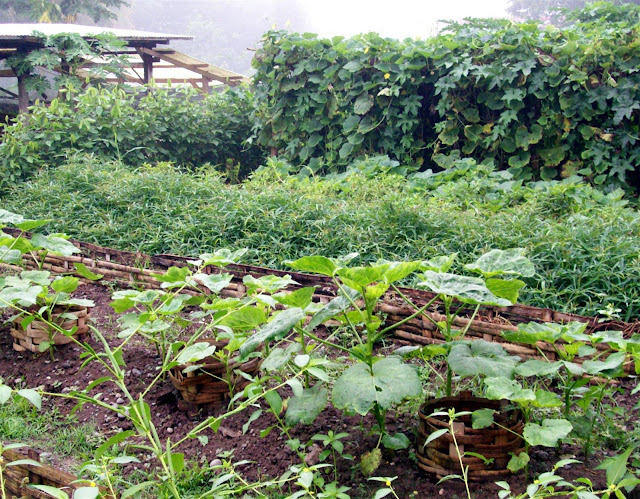 |
| Photo: realrica.com |
Spectacular solar optic effects at the gaping mouth of Bulusan
Volcano! Marvelous nature show.
A fog bow, solar glory, Brocken Spectre 3-in-1 phenomena
caught in this one of a kind photograph by the team of Pinoy mountaineers with
celebrity climber Ms Rica Peralejo last June 24 of this year.
These are actually three distinct phenomena : The fog bow appears
here as a 360 degree white rainbow. The solar glory is a band of colored rings
at the inner rim surrounding the shadowy
figure technically known as the Brocken Spectre at the center.
This seemingly supernatural optical phenomenon is rare. One
must be at the right location at the right time with the right conditions to
produce this atmospheric optical effects. The mountaineers were a lucky bunch to be present
on the right spot at the right moment when the crater center was at the perfect
moment for this nature spectacle to happen.
The mist of fog or cloud is needed to be at the center of the
crater first and foremost. This will serve as the ‘screen’
(as in a movie) for the shadow of the observer standing near the rim of the crater.
The sun must be at the back just like a projector
to the observer in whose shadow will be then projected at the thick fog located
exactly at the mouth of the volcano.
The effect is optical magic. A marvelous nature show. Colored rings known as solar glory appears around
the head of the Brocken Spectre not unlike colored band of halos. It surely looks like
a spiritual apparition for those not familiar with this rare nature phenomenon.
Adding up to the magic is the white rainbow commonly referred to as the fog bow forming the
larger circumference--a giant circular host-like apparition. It
is as if the volcano’s crater is about to
swallow a gigantic host from heaven.
Solar glories are formed by diffraction where light waves are
scattered into a ring-like pattern as differentiated to a regular rainbow that usually appears as a colored arc in the sky which is formed by refraction and reflection.
In this photo the glory forms inside the inner rings just above the head of the Brocken Spectre.
Do not be alarmed. The Brocken Specter is not a dark ghostly apparition. It is merely an elongated shadow casts into the clouds--the shadow of the observer and most of the time --the photographer/climber. The clouds and fog sort of
distort the human shadow as it moves.
The anti-solar point is the exact spot where the solar glory and
the Brocken Spectre appear. It is directly opposite the sun from the observer’s
perspective.
This atmospheric spectacle is the first time ever recorded
inside the crater of Bulusan Volcano—probably the only one of its kind in the world.
Written by: Alma P. Gamil
Bulusan, Sorsogon, Philippines


.jpg)




